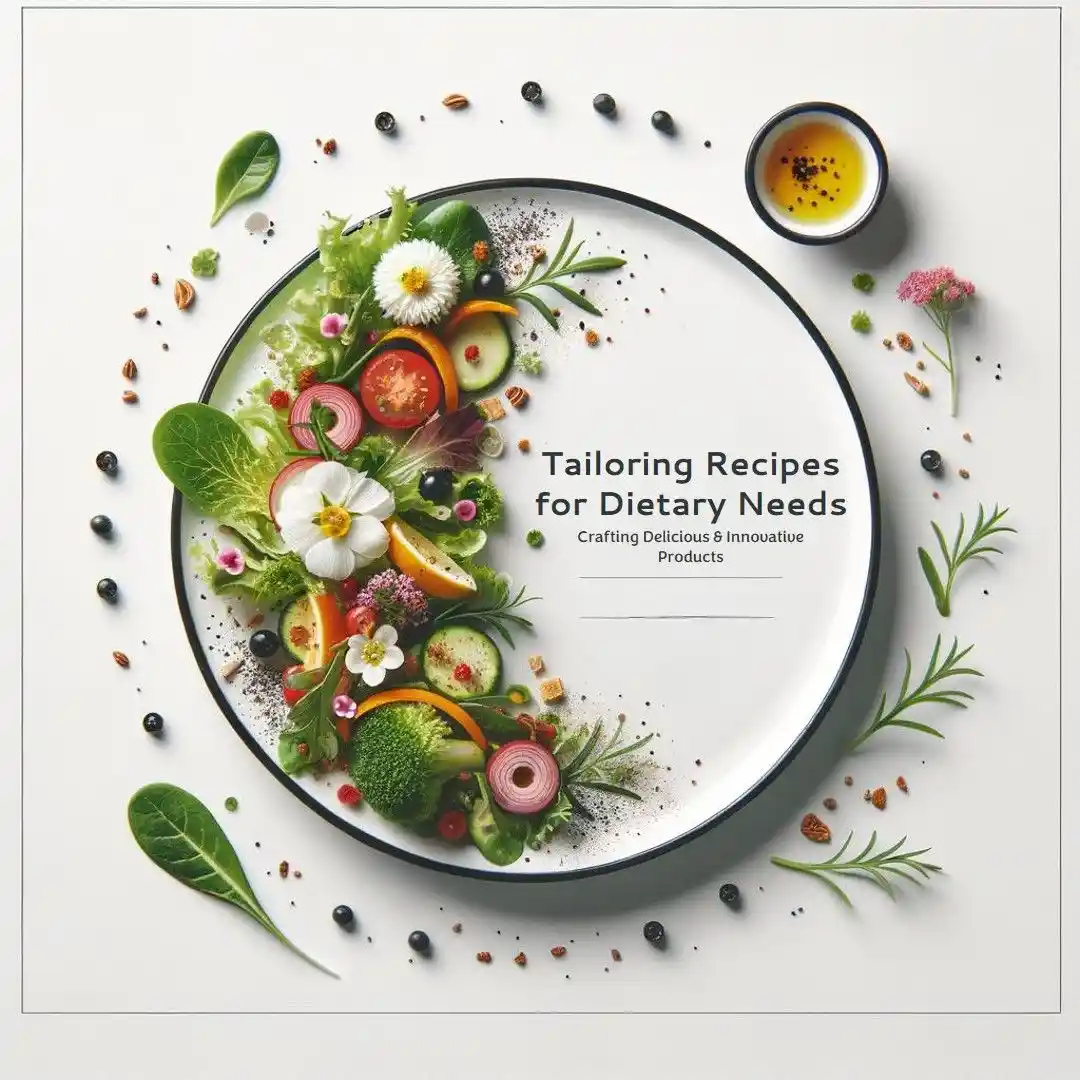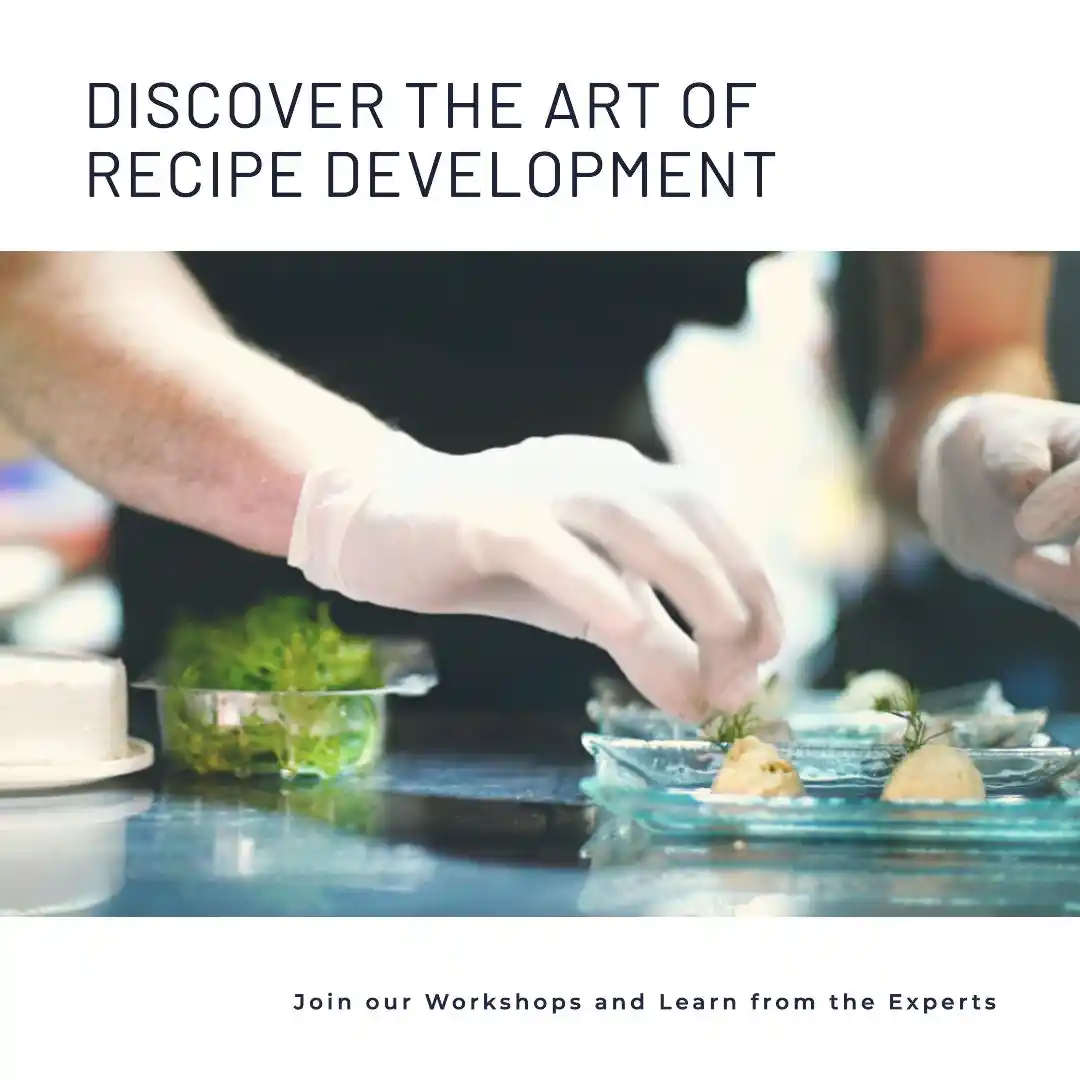Introduction
The modern food landscape is a tapestry of diverse dietary needs and preferences. From gluten-free and vegan to keto and paleo, consumers are increasingly seeking food products that cater to their individual requirements. This presents both a challenge and an opportunity for food businesses. How can they develop delicious, innovative products that satisfy this growing demand for personalized nutrition? Tasteology, a global culinary consultancy, leverages science-backed expertise to help food businesses navigate this complex landscape and create winning recipes tailored to specific dietary needs.
Why Tailoring Recipes Matters
The demand for specialized diets is no passing fad. Driven by factors like health concerns, ethical choices, and personal preferences, consumers are actively seeking out products that align with their individual needs. According to a recent study, the global personalized nutrition market is expected to reach $[Insert Statistic if available] by [Year]. This indicates a significant shift in consumer behavior, with personalization becoming a key driver in food choices. Food businesses that embrace this trend can gain a competitive edge, build brand loyalty, and tap into new market segments.
Understanding the Science of Dietary Needs
Decoding Dietary Restrictions
Dietary restrictions often stem from medical conditions, allergies, or intolerances. For example, individuals with celiac disease must avoid gluten, while those with lactose intolerance need to limit dairy products. Understanding the specific requirements of each dietary restriction is crucial for recipe development. Tasteology’s team of food scientists and culinary experts possess in-depth knowledge of these restrictions, ensuring that recipes are not only delicious but also safe and compliant.
Navigating Dietary Preferences
Beyond medical necessities, dietary preferences like veganism, vegetarianism, or the ketogenic diet are often driven by ethical, environmental, or weight management goals. These choices involve specific exclusions and inclusions of certain food groups. For instance, vegan recipes must exclude all animal products, while ketogenic diets prioritize high fats and limit carbohydrates. Tasteology’s expertise extends to understanding the nuances of these preferences, enabling the creation of recipes that meet both flavor and dietary goals.
Tasteology’s Approach to Recipe Customization
Ingredient Innovation
Replacing key ingredients in traditional recipes is a cornerstone of tailoring for dietary needs. For example, Tasteology might utilize gluten-free flours like almond or coconut flour in place of wheat flour for gluten-free products. Similarly, plant-based milk alternatives, such as almond or soy milk, can be seamlessly integrated into vegan recipes.
Flavor Optimization
Taste and texture are paramount, even when adapting recipes for specific diets. Tasteology’s sensory experts employ advanced techniques to ensure that the flavor profile and mouthfeel of customized recipes are not compromised. This may involve experimenting with natural flavor enhancers, innovative ingredient combinations, or specialized cooking methods to achieve optimal results.
Nutritional Balance
Tasteology recognizes that dietary restrictions and preferences can sometimes lead to nutritional imbalances. Therefore, our team meticulously analyzes the nutritional content of customized recipes, ensuring they provide adequate levels of essential vitamins, minerals, and macronutrients. This commitment to nutritional integrity is vital for creating products that are both delicious and health-conscious.
Practical Tips for Tailoring Recipes
Start with a Solid Foundation
Begin with a classic recipe that you want to adapt. Thoroughly understand the ingredients and their functions before making substitutions.
Research Ingredient Alternatives
Explore a wide range of alternatives for common allergens or restricted ingredients. Consider their flavor profiles, textures, and nutritional values.
Don’t Be Afraid to Experiment
Recipe adaptation often involves trial and error. Be prepared to experiment with different ingredient combinations and cooking methods to achieve the desired outcome.
Seek Expert Guidance
When in doubt, consult with culinary professionals or registered dietitians. They can provide valuable insights and ensure your recipes are both delicious and nutritionally sound.
Common Challenges and Solutions
Texture Issues
Gluten-free baking, for example, can sometimes result in a crumbly or dense texture. Tasteology addresses this by incorporating ingredients like xanthan gum or guar gum to improve binding and create a more desirable texture.
Flavor Discrepancies
Replacing certain ingredients can alter the flavor profile of a dish. Tasteology’s flavor experts utilize natural flavor enhancers and innovative spice blends to compensate for these changes and create a well-balanced flavor profile.
Nutritional Deficiencies
Eliminating entire food groups can lead to nutritional deficiencies. Tasteology meticulously analyzes the nutritional content of customized recipes and suggests ways to incorporate missing nutrients through other food sources or supplementation.
Conclusion
Tailoring recipes for diverse dietary needs is no longer a niche trend but a fundamental aspect of the modern food industry. Tasteology empowers food businesses to embrace this evolution by providing the scientific expertise and culinary creativity necessary to develop successful, personalized products. By understanding the science behind dietary restrictions and preferences, and by employing innovative techniques for ingredient substitution and flavor optimization, Tasteology helps create food products that are both delicious and cater to the unique needs of every consumer.


